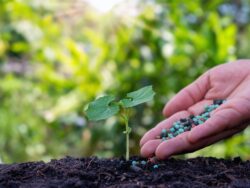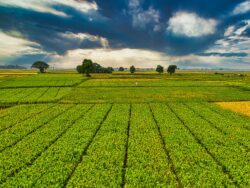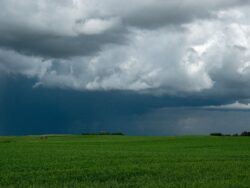Achieving a successful harvest requires thoughtful planning, smart input selection, and efficient resource management. This guide provides actionable insights to help you maximize yield and quality, from soil preparation to advanced cultivation techniques.
Crop Planning: The Foundation of a Successful Harvest
Effective planning is the cornerstone of productive farming. Start by selecting crops suited to your soil type and regional climate. A well-structured plan ensures planting happens at the ideal time, reducing risks and boosting outcomes. By aligning planting schedules with seasonal conditions, you can avoid challenges like frost or drought and set the stage for success.

Soil Preparation: Building a Strong Foundation for Growth
Healthy soil is the bedrock of healthy crops. Begin with a thorough soil analysis to assess pH, nutrient levels, and texture. Use this data to choose the right fertilizers and amendments, enhancing soil structure. Proper tillage improves aeration and water retention, ensuring plant roots access the nutrients they need for robust growth.
Seed Selection: Investing in Quality for Maximum Yield
High-quality, certified seeds are key to achieving uniform growth and disease resistance. Choose varieties tailored to your region’s climate and growing season to maximize crop performance and ensure a bountiful harvest.
Irrigation Systems: Sustaining Soil Moisture and Plant Health
An efficient irrigation system is crucial for maintaining optimal soil moisture levels. Regularly inspect your system to ensure it delivers water evenly across your field, supporting consistent plant growth.

Pest and Disease Management: Safeguarding Your Crops
Proactive pest and disease control is essential for protecting your harvest. Monitor fields regularly and implement strategies like crop rotation, biorepellents, and integrated pest management to minimize risks and maintain crop health.
Weed Control: Eliminating Competition for Resources
Weeds compete with crops for vital resources like water, sunlight, and nutrients, which can hinder productivity. Control weeds using mechanical, chemical, or biological methods, selecting the approach that best fits your farming practices.
Fertilizer Application: Enhancing Growth and Resilience
Applying the right amount of balanced fertilizers during planting is critical. Nitrogen, phosphorus, and potassium are particularly important for promoting germination, root development, and overall plant vigor. Precision in fertilizer use ensures healthier, more resilient crops.

Bio-stimulants: Unlocking Your Crops’ Full Potential
Bio-stimulants, including beneficial microorganisms and substances, stimulate plant physiological and metabolic processes. They enhance soil quality —improving texture, drainage, and water retention—while promoting root growth and nutrient uptake. Bio-stimulants can be applied during planting, irrigation, or as a foliar spray to create optimal growing conditions.

Mycorrhizae: Partnering with Nature for Superior Growth
Mycorrhizae are beneficial fungi that form symbiotic relationships with plant roots, improving nutrient absorption and stress tolerance. Early application fosters microbial diversity and soil health, boosting crop performance. Mycorrhizae can be added through seed inoculation, direct soil application, or during transplanting.
Climate Management: Adapting Planting to Weather Conditions
Monitoring weather forecasts enables informed decisions on planting schedules, helping to mitigate risks such as frost or drought. Staying ahead of climate variability is essential for a reliable and successful harvest.

A successful harvest begins with thorough preparation and the use of advanced techniques. By applying these strategies and following best practices, you canmaximize yieldswhile supporting sustainable farming.
For more tips on optimizing your crops and achieving a successful harvest, visit our website.

